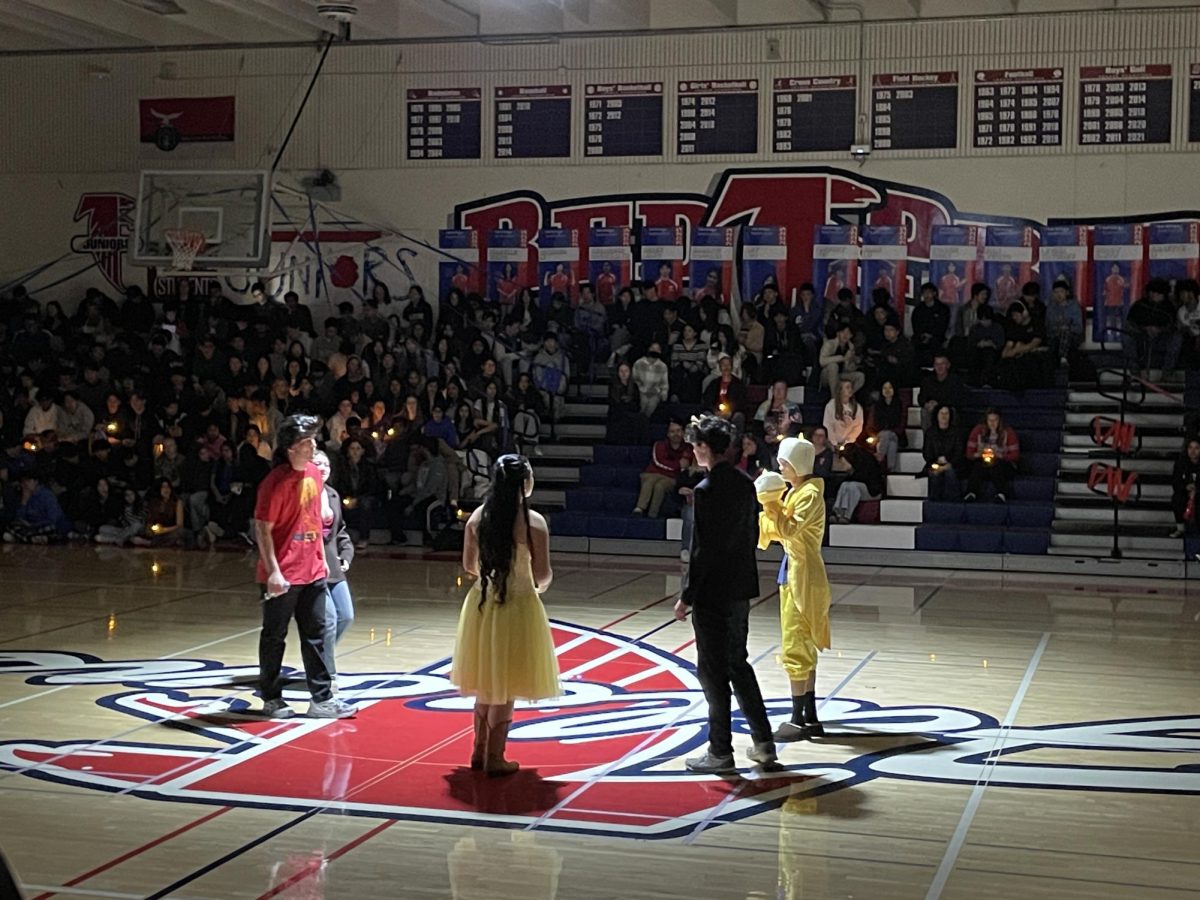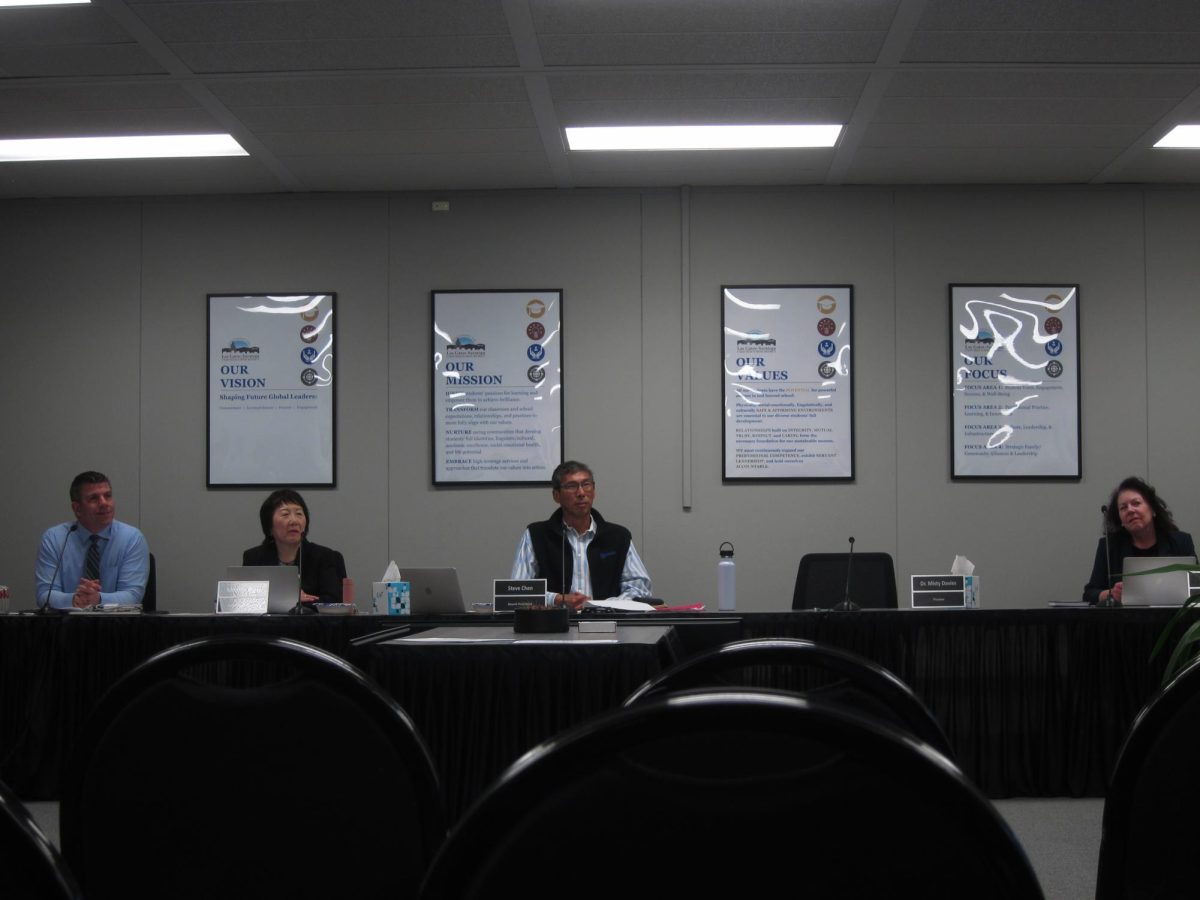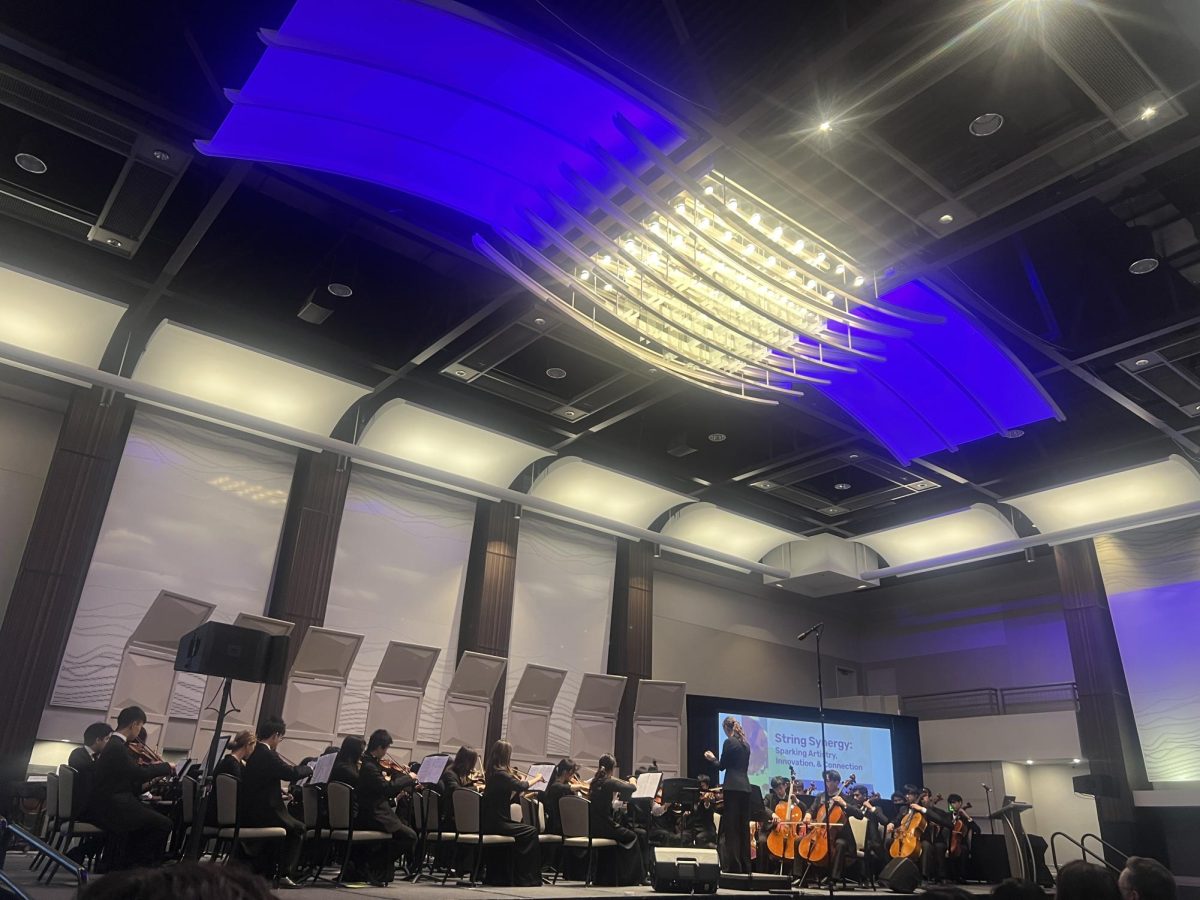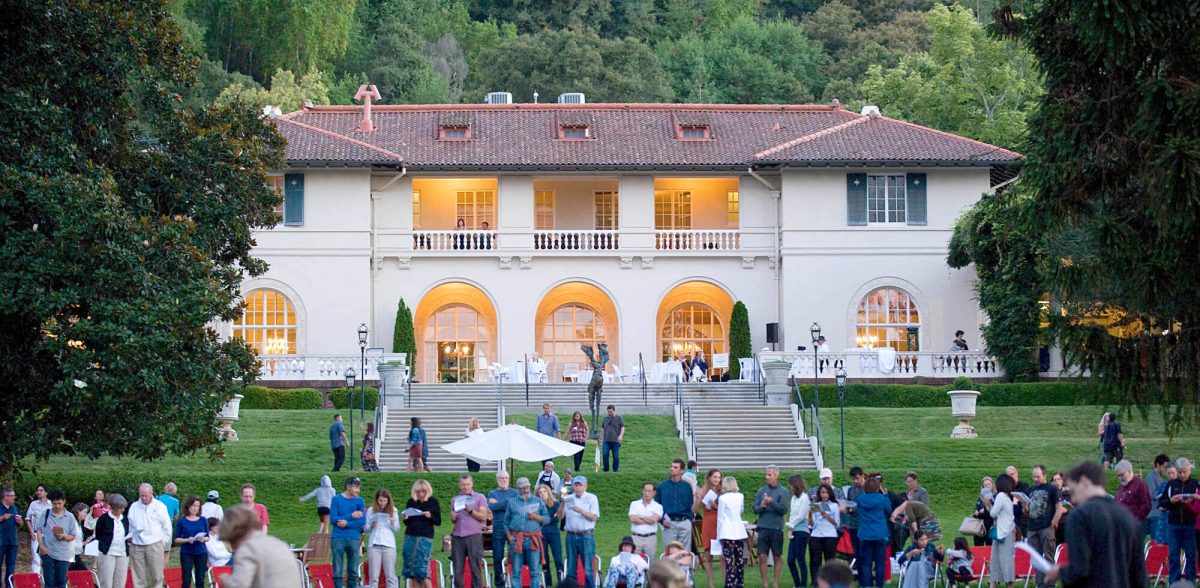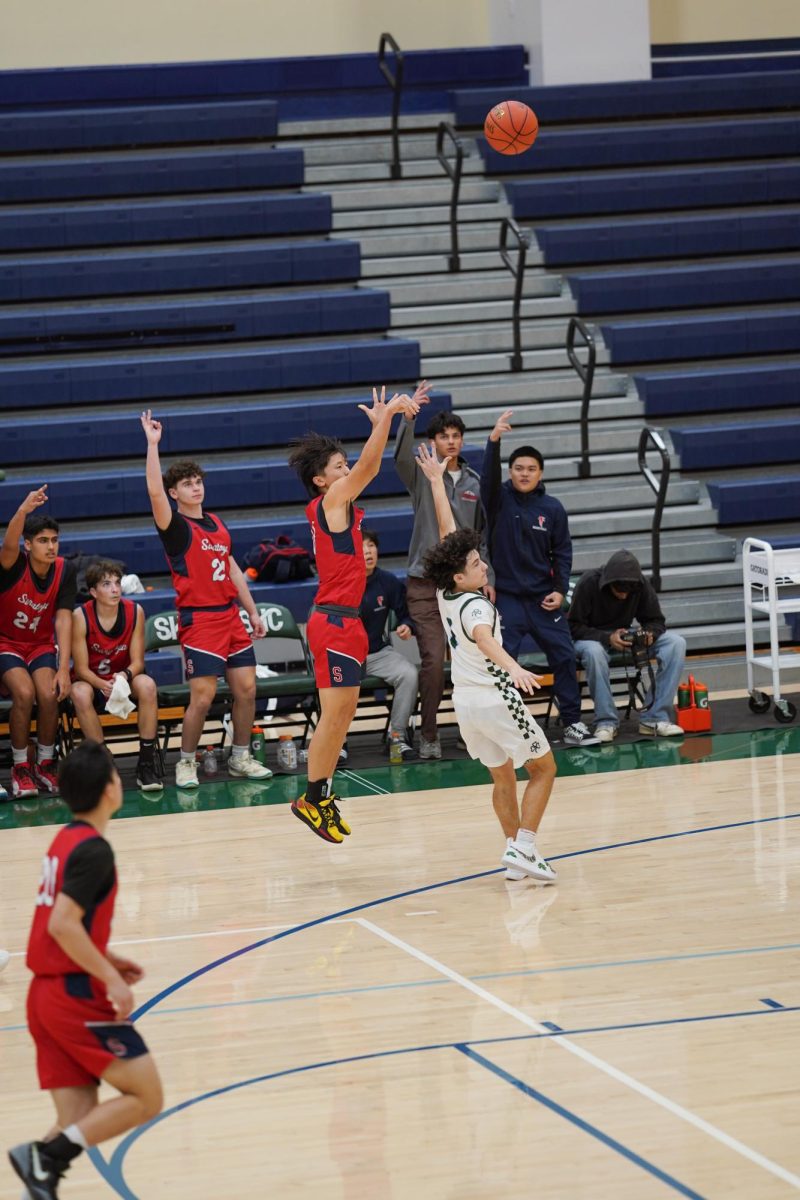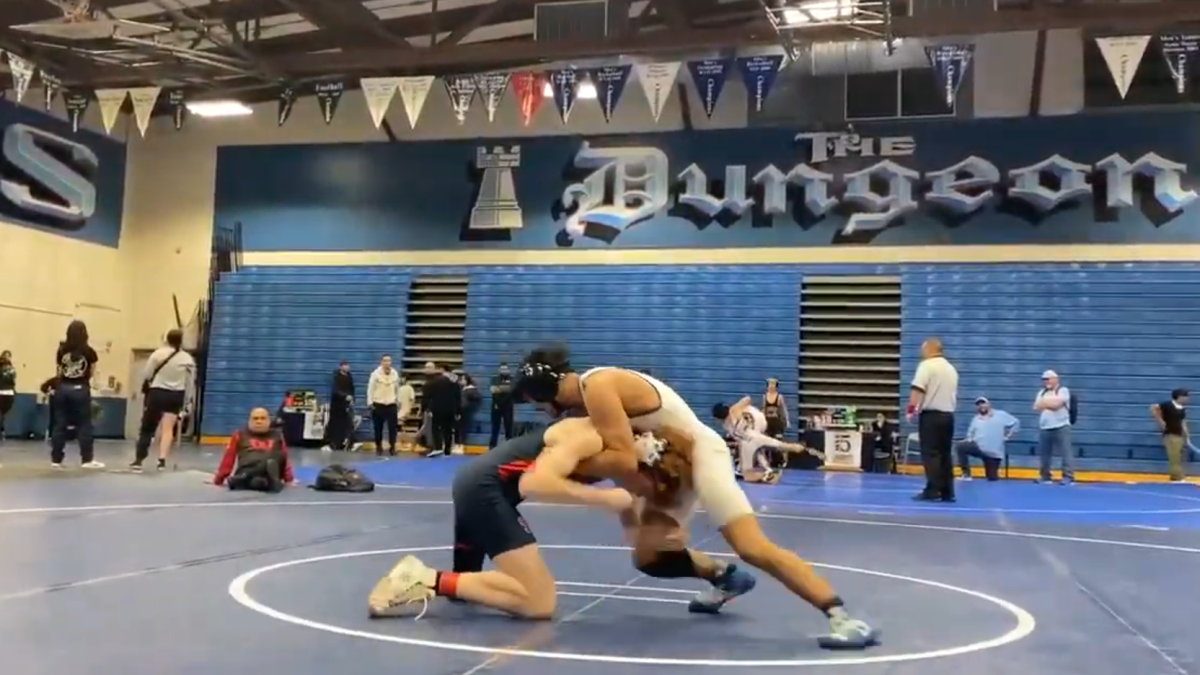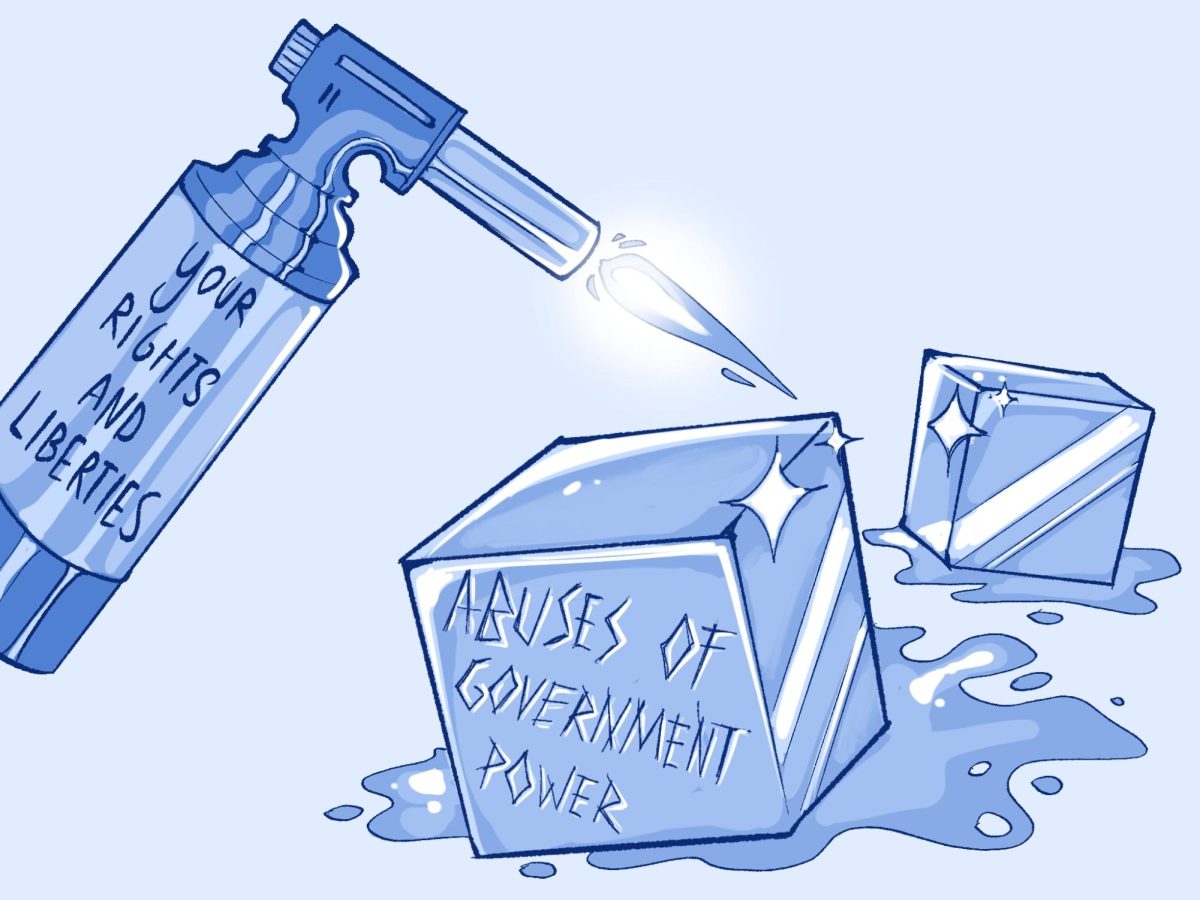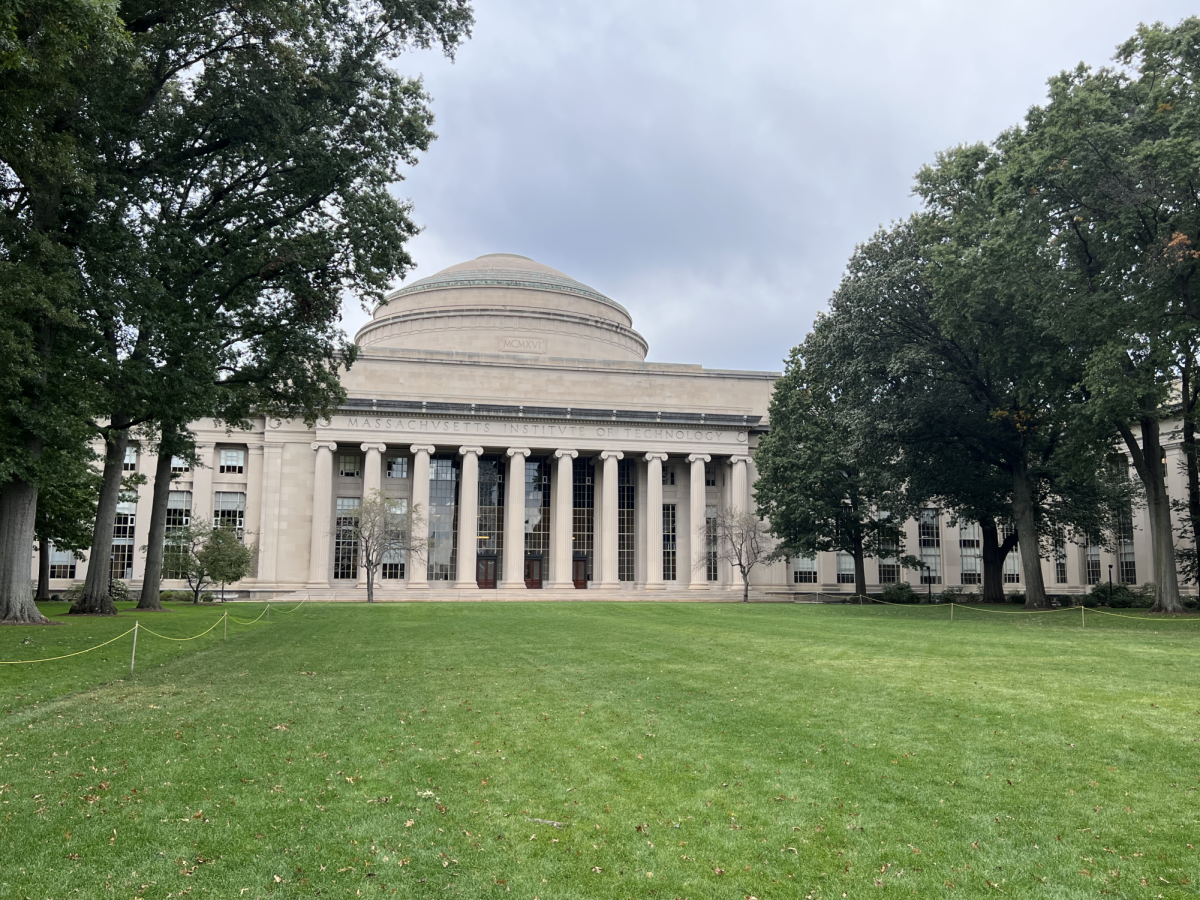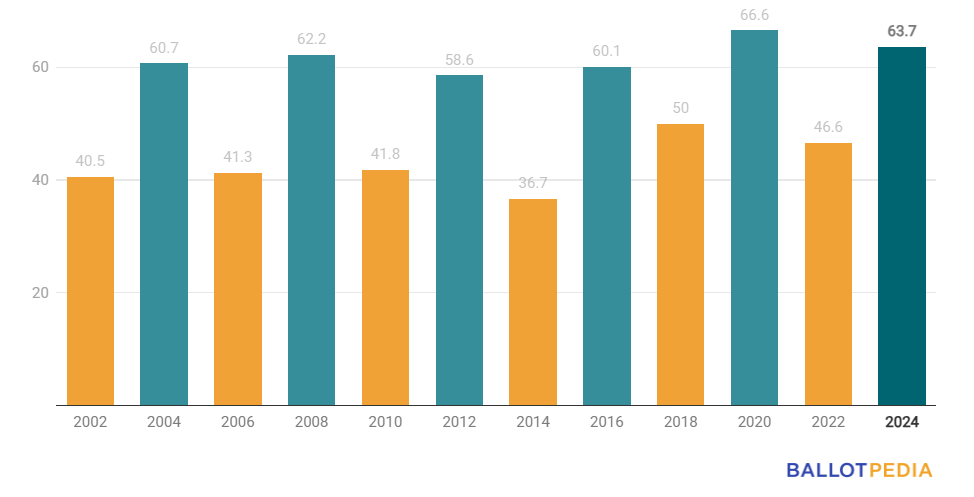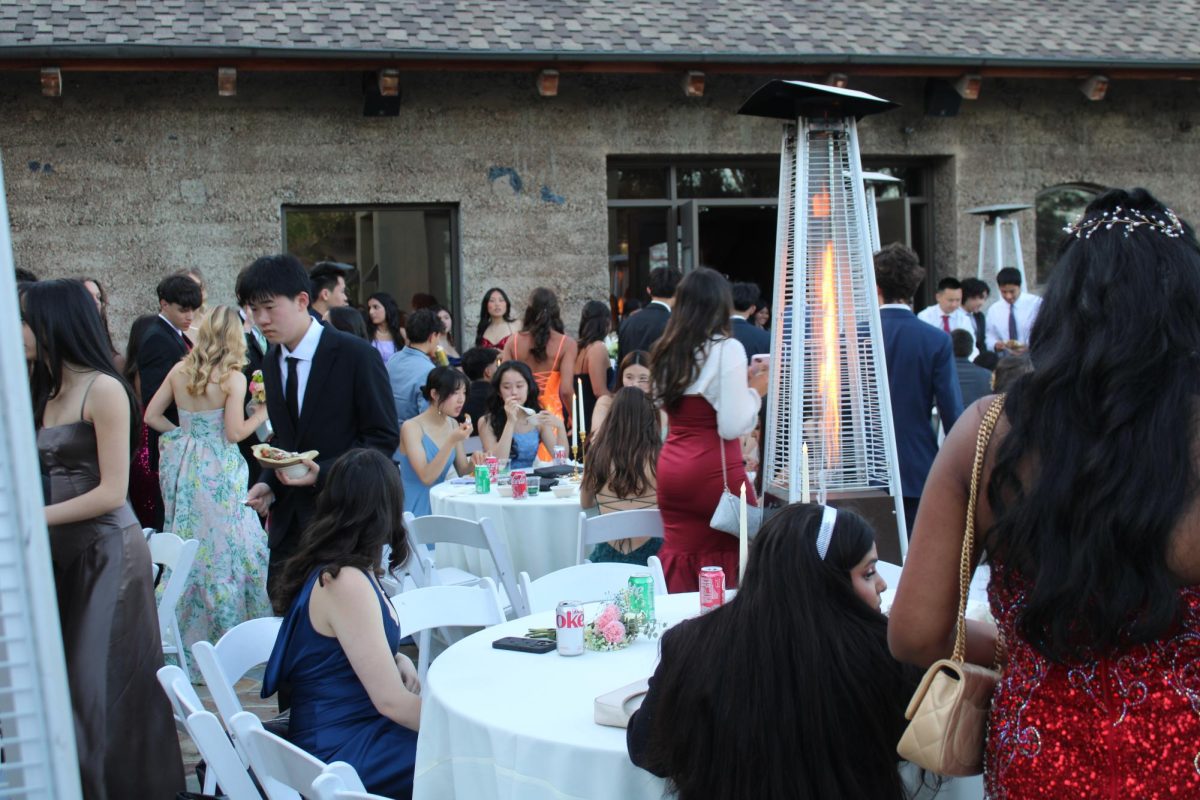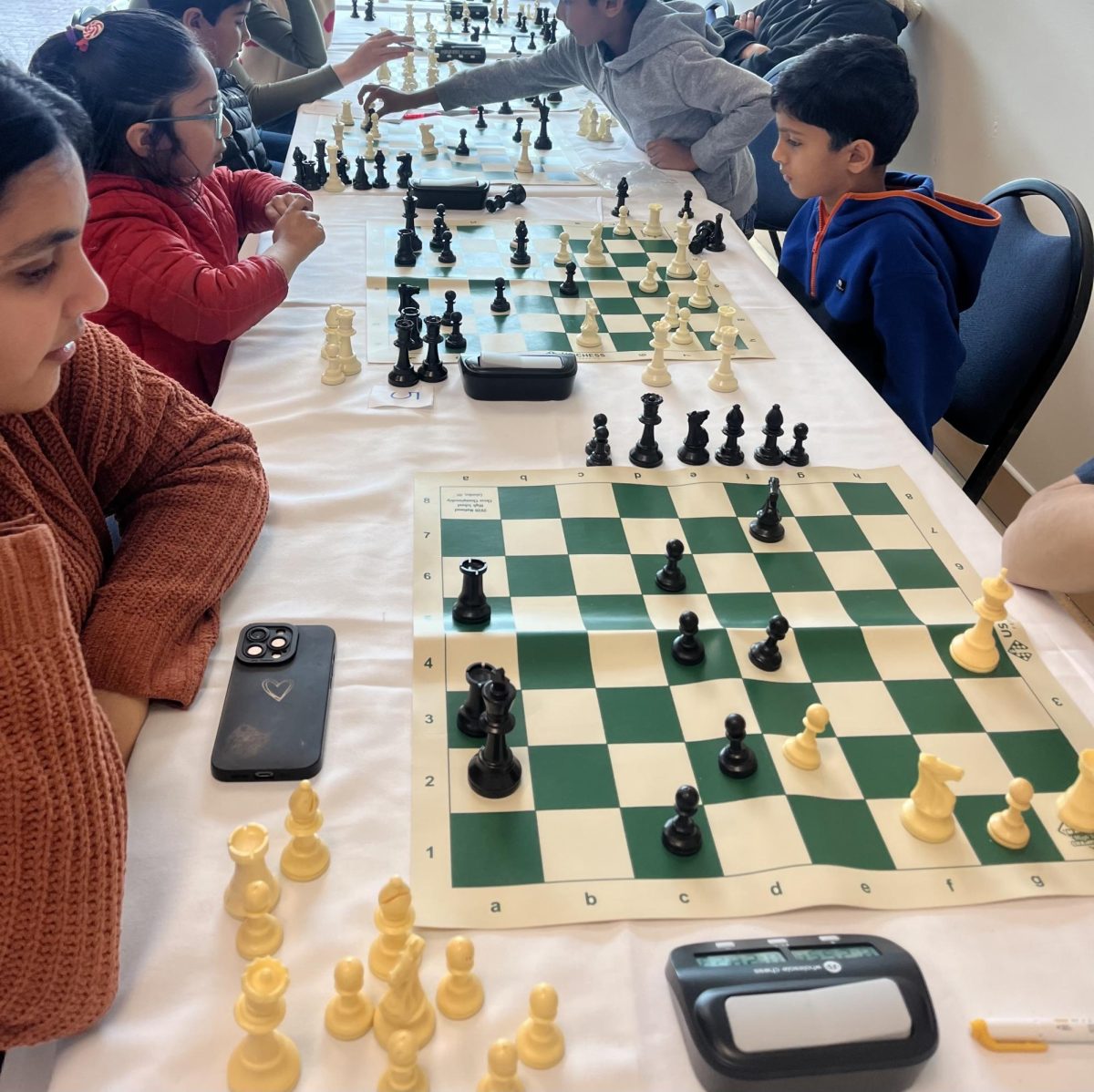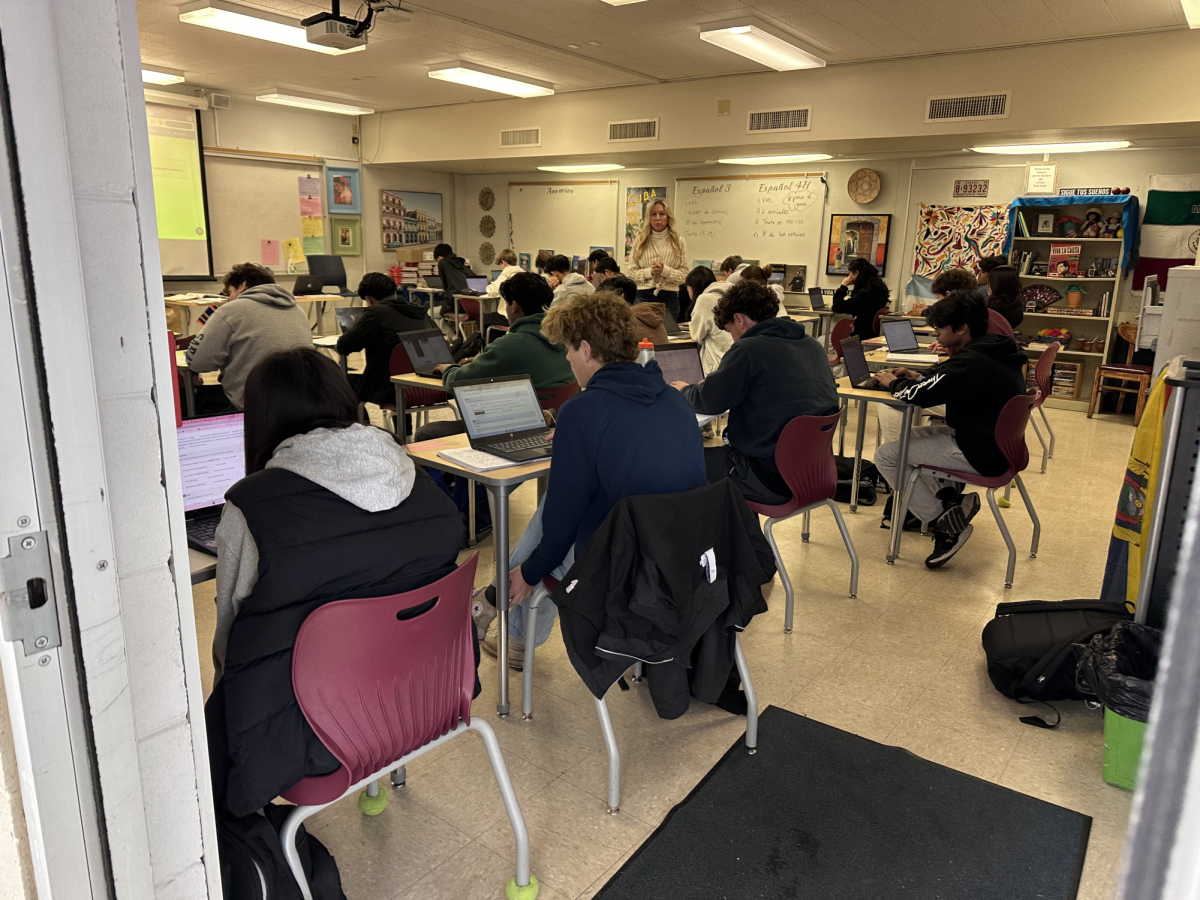To address concerns regarding instructional minutes in the current bell schedule as well as accommodate a new state law requiring schools to start no earlier than 8:30 by 2022, a group made up of staff from the Los Gatos-Saratoga Union High School District district has been working for the past few months to design a new one.
Additionally, if no school days are canceled because of coronavirus, both Saratoga and Los Gatos High are projected to have 64,820 instructional minutes by the end of the school year, an extremely narrow margin of 20 minutes over the total mandated number of instructional minutes per year: 64,800. This estimate includes minutes gained from the extended school days during first semester finals. Ideally, the district would like to have an excess of 750 instructional minutes to cover any unexpected emergencies or schedule variations.
The Bell Schedule Evaluation Planning Group (BSE) was created last October and consists of various teachers, administrators and counselors from the district.
“I was interested in being [involved] because the bell schedule affects so many different aspects of our school community and has an impact the daily routines of staff, students and parents,” said Julie Grenier, the district manager of information services who is the co-leader of the BSE. “Also, I like puzzles and math problems. Creating sample schedules that work within all the parameters is like working on a giant logic puzzle.”
The members of the evaluation group met five times with parents and students to receive feedback about the positives of the current schedule and recommendations for the new one throughout the first semester.
After that, the members of the BSE group created five sample bell schedules; however, the schedule samples may be revised and other options may be considered.
Sample schedules A, B and C are fairly similar to the current schedule with slight variations in starting, ending, and tutorial times. Sample schedule D includes a 20-minute tutorial every day and alternates between odd and even day classes on Wednesdays. The fifth bell schedule, option E, was eliminated because the 4 p.m. end time went past the ending time of the contractual teacher work day.
Each bell schedule was given to students to be voted on through Facebook and in the student center on select days; Bell schedule C received the most votes while D received the least.
According to Grenier, the committee hopes the honor the results of the SAC Schedule Recommendation (which was created in 2016), which states that bell schedules should be designed to promote three overarching outcomes: maximizing well-being while minimizing stress, contributing to a positive learning environment and providing time to build student-teacher relationships.
In late March, an evaluation group will join the BSC, which is responsible for making a final recommendation to superintendent Mike Grove based on the data they gather. The committee will be composed of the nine evaluation group members, two board members, Grove, four parents, four students, four additional teachers and two representatives elected by the California School Employees Association.
Junior Henry Weng will be one of the four students on the BSC. His role will include gathering input from students and then communicating it to the other committee members, mainly during March BSC meetings.
To Weng, the most important part of the schedule selection process is remaining transparent with the community as well as complying with legal regulations.
Weng thinks the additional tutorial requirements implemented at the beginning of this year were met with resentment within the community because the reasons for the change were not communicated clearly, something he hopes will be different this time around with the schedule selection process.
In April, stakeholder community forums will meet to finalize a new bell schedule. By May, the joint committee will communicate a final schedule decision to students and the community, so that the school and district websites will be updated to reflect the new schedule in June.
“Everyone needs to remember how much hard work and extra time the committee members are contributing to the bell schedule process,” Grenier said. “The new schedule won't give 100 percent of the stakeholders 100 percent of what they want in a bell schedule. The committee is doing its best given the parameters we have to work within. If you see a committee member, please thank them for their extra efforts on behalf of our school community.”


